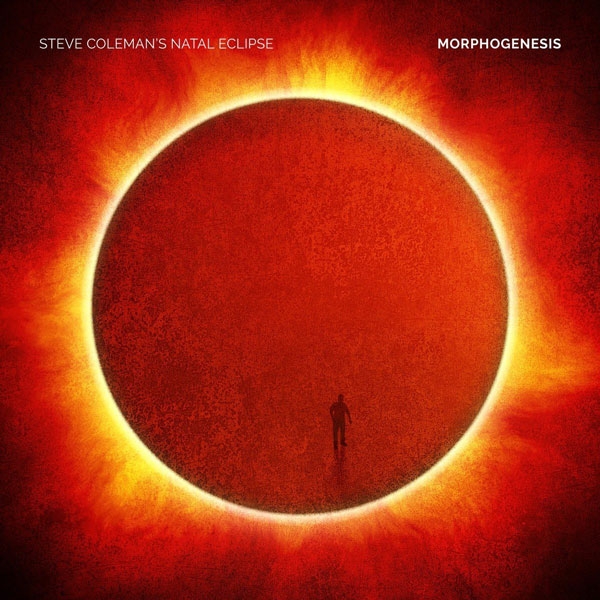| Columns Retired Columns & Blogs |
Thanks! for sharing- FK.
I enjoy your Jazz Music coverage. I will add this one to my list.

Coleman has long been fascinated with patterns of motion in nature, and his brilliance is rooted in having solved how to translate this into music. He melds rhythm, counterpoint, harmony, and a jagged post-bop swing in a completely original way, and (this isn't true of all innovators) he is a master of his innovations.
As he explains in his liner notes, "morphogenesis" is "the process that causes an organism to develop its form," and that's a fair description of his own process of creation and improvisation. "Functional arrhythmia" refers to the heartbeat rhythms and contrapuntal nerve impulses that interact in the human body, "Synovial Joints" to the ways that the body's joints pivot, flex, and bend. Many of the songs on Morphogenesis are inspired by the movements of boxers. (Coleman is a big fan of "the sweet science," as boxing was called in its heyday.) His titles and the concepts behind them may sound stiff and academic, but the music is anything but.
What makes it swing, sway, and rivet is that Coleman holds true to the pulse of jazz idioms, and his bands are, at once, as tight and limber as any I've heard. Most of these musicians have been playing together for years, particularly his trumpeter, Jonathan Finlayson. (Though they're dissimilar in every other respect, their clairvoyance is reminiscent of Ornette Coleman and Don Cherry.)
Morphogenesis was recorded in September 2016, toward the end of a month-long gig at The Stone, the New York jazz club owned by John Zorn. Like Zorn (though not nearly to the same extent), Coleman heads a number of bands and writes music with their members and instruments in mind. (And, again like Zorn, he plays almost nothing but his own compositions; he views concerts as explorations of concepts and albums as documents of his discoveries along the way.)
The band on this album, Natal Eclipse, is an octet—alto sax, trumpet, tenor sax, clarinet, violin, piano, bass, and wordless vocalizing—with percussion added on five of the album's nine tracks. (Most of his bands include a drummer, but he decided not to go that route here, so the subtle interplays and polyrhythms could be heard more clearly.) As with Coleman's previous albums, Joe Marciano and Max Ross engineered the sessions at Systems Two Recording Studios in Brooklyn. The sound is clear, crisp, dynamic, and superbly balanced.

Thanks! for sharing- FK.
I enjoy your Jazz Music coverage. I will add this one to my list.